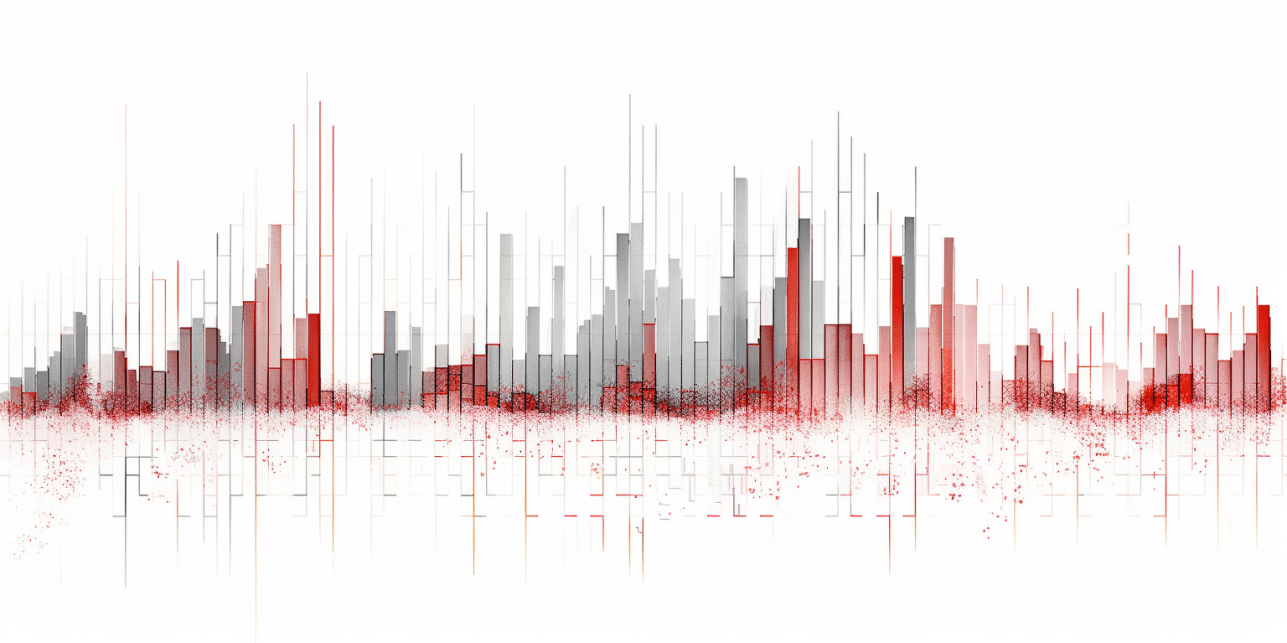Introduction
Day trading, by nature, is a short-term strategy, involving the buying and selling of financial instruments within a single trading day. For a day trader, the ability to predict and react to market volatility can often mean the difference between success and failure. While there are many ways to approach this, one of the most popular methods is through the use of technical analysis.
What is Technical Analysis?
Unlike fundamental analysis, which looks at a company’s financials, industry position, and market conditions, technical analysis is focused entirely on statistical trends. It examines price movements, trading volume, and, most importantly, historical data to identify potential trading opportunities. Technical traders believe that all necessary information is already reflected in the price of an asset, and thus, by analyzing these patterns, they can forecast future price movements.
Key Aspects of Technical Analysis: Chart Patterns
Chart patterns play a crucial role in technical analysis as they can illustrate the battle between bulls and bears in the market. Recognizing these patterns can help traders anticipate potential price breakouts or reversals. Here are some of the most commonly used chart patterns:
- Head and Shoulders: This pattern indicates a potential reversal of an uptrend. It consists of a peak (head), flanked by two lower peaks (shoulders). When the ‘neckline’ connecting the lows is broken, it signals a trend reversal.
- Double Tops and Bottoms: These patterns are another indicator of trend reversals. A double top, which resembles the letter ‘M’, suggests a reversal of an uptrend, whereas a double bottom, resembling a ‘W’, suggests a reversal of a downtrend.
- Triangles: Ascending, descending, and symmetrical triangles are patterns used to predict price continuation or reversal. The shape is formed by drawing trendlines along the price highs and lows.
Understanding Technical Indicators
Technical indicators are mathematical calculations based on an asset’s price, volume, or open interest. They can provide unique insights into the market’s behavior, helping traders make informed decisions. Here are a few commonly used ones:
- Relative Strength Index (RSI): RSI measures the speed and change of price movements. Typically, an RSI above 70 indicates an overbought condition (potential for price drop), while an RSI below 30 suggests an oversold condition (potential for price rise).
- Moving Average Convergence Divergence (MACD): The MACD is a trend-following momentum indicator. It shows the relationship between two moving averages of an asset’s price. The MACD triggers technical signals when it crosses above (to buy) or below (to sell) its signal line.
- Bollinger Bands: These bands are placed two standard deviations away from a simple moving average. Prices are considered high (overbought) at the upper band and low (oversold) at the lower band.
- Stochastic Oscillator: This is a momentum indicator comparing a particular closing price of an asset to a range of its prices over a certain period. The oscillator’s readings range from zero to 100. An asset is deemed to be overbought once the oscillator reaches 80 and oversold once it falls below 20.
The Role of Confirmation in Technical Analysis
One of the key principles in technical analysis is the concept of confirmation. Traders often use more than one indicator to confirm a signal before entering a trade. For instance, if the RSI indicates an overbought condition and the MACD gives a sell signal, this provides confirmation that the asset could be poised for a price drop.
Limitations of Technical Analysis
While technical analysis can be a powerful tool for traders, it’s not infallible and has its limitations. Firstly, it largely disregards the impact of external factors such as economic news, industry developments, or company-specific events, which can greatly affect an asset’s price. Secondly, it is predominantly based on historical data and the assumption that history tends to repeat itself. While this is often true, it’s not always the case.
Technical analysis also relies on the subjective interpretation of chart patterns and indicators. A pattern that one trader interprets as a buying signal could be seen as a selling signal by another. Finally, false signals can be generated, leading to potential losses, which highlights the importance of combining technical analysis with other strategies such as fundamental analysis and risk management.
Conclusion
Day trading is a challenging and complex endeavor. Success in this field requires a thorough understanding of the market, the ability to make quick decisions, and most importantly, the discipline to stick to a well-crafted strategy. Technical analysis, with its focus on chart patterns and indicators, can be a key part of this strategy, helping traders identify potential opportunities and trends.









